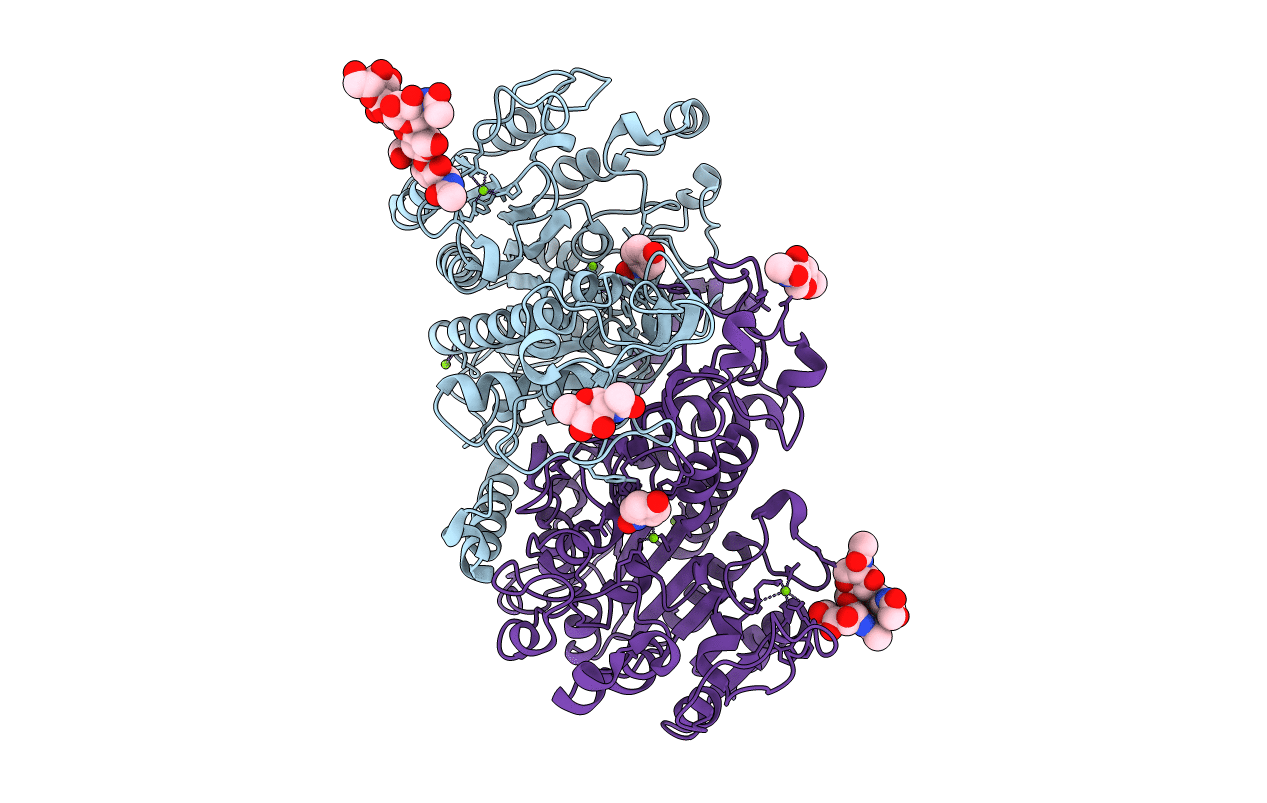
Deposition Date
2013-05-03
Release Date
2013-10-16
Last Version Date
2024-11-27
Entry Detail
PDB ID:
4KJG
Keywords:
Title:
Structure of Rat Intestinal Alkaline Phosphatase expressed in insect cell
Biological Source:
Source Organism:
Rattus norvegicus (Taxon ID: 10116)
Host Organism:
Method Details:
Experimental Method:
Resolution:
2.38 Å
R-Value Free:
0.20
R-Value Work:
0.16
R-Value Observed:
0.16
Space Group:
P 21 21 21


